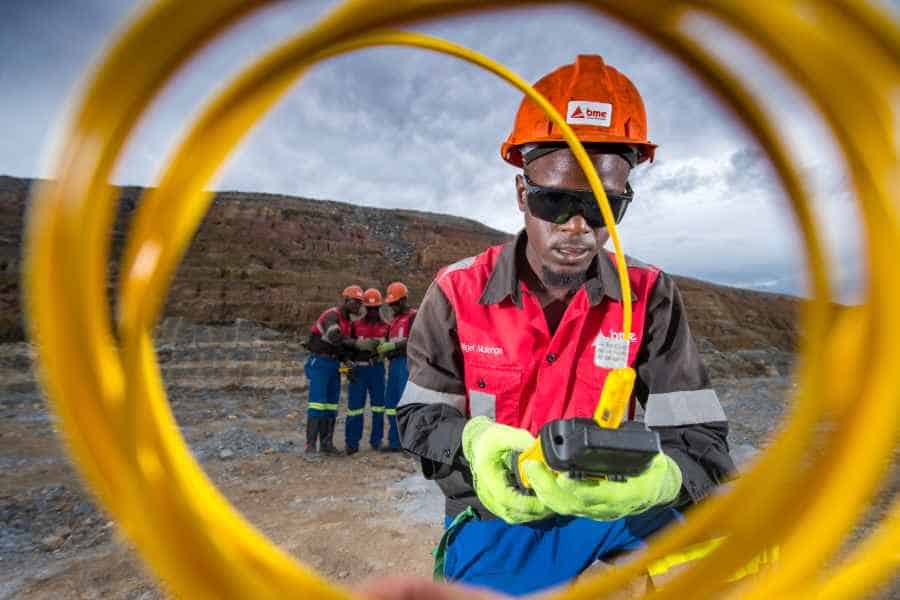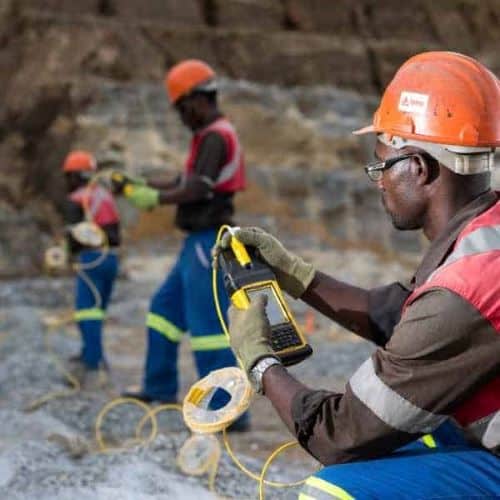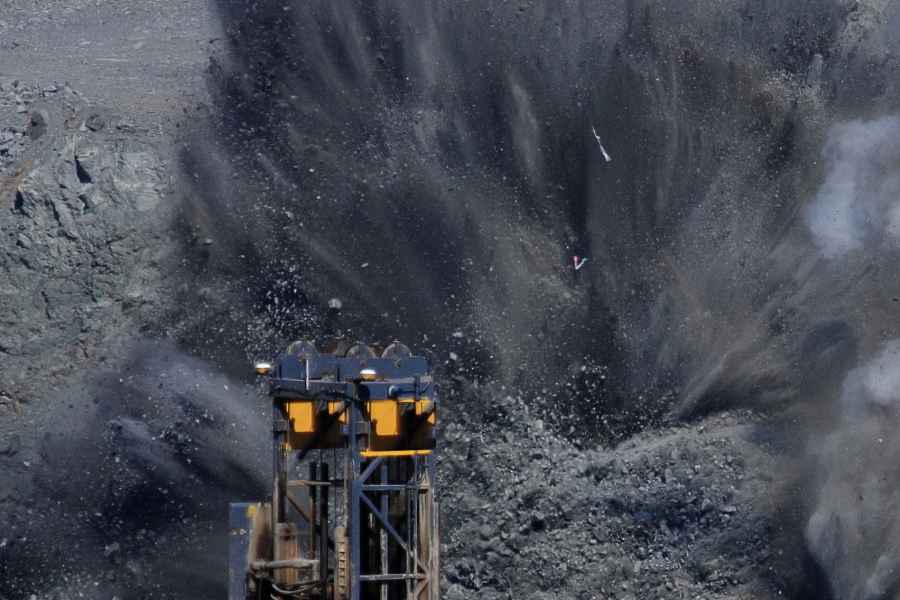The revolutionary transition from non-electric to electronic delay detonators (EDDs) in the field of blasting has brought many benefits to mining productivity, but there are still plenty of advantages to be gained by blast pioneers who are prepared to think ‘outside the box’.
This is the message from BME technical director Tony Rorke, who highlighted the focus in recent years on the flexibility in blast timing that EDDs allow – and more specifically on the value of longer timing delays.
“When we were first exploring the capability of EDDs, we were impressed by the accuracy that blasting with this technology allowed us,” he said. “This accuracy and reliability was a huge step forward, ensuring that there were no out-of-sequence blasts.”
When using non-electric initiation systems, there were certain traditional timing conventions that were employed. These were based on the fact that accuracy decreased significantly as the length of the pyrotechnic delay elements increased and that the down lines may be severed (cut-offs) during a blast before the firing signal reaches the detonators thus leading to dangerous misfires.
“To get the detonators to fire in some acceptable sequence, therefore, delay periods were in the past kept as short as possible,” he said. “The longer down-hole delay has the dominant impact of firing time accuracy, so the risk of out-of-sequence initiation is a function of the in-hole detonator. Keeping this short as possible led to delay periods of between 350 milliseconds and 550 milliseconds becoming standard for in-hole delays in surface blasting.”
The result of these in-hole delays was that surface delays had to be notably shorter, to ensure an adequate ‘burning front’ – so standard delays most commonly used today for surface connections are 17, 25, 42 and 67 milliseconds. These delay periods are generally suitable for hard rock, but the shorter periods (17 and 25 milliseconds) increase the risk of out-of-sequence firing or blast choking, due to the inaccuracy of the longer in-hole periods. However, if the surface delay periods are increased to try to prevent non-sequential firing, there is a greater risk of cable cut-offs caused by short burning fronts.
“None of these problems exist with EDDs,” emphasised Rorke. “Their accuracy allows for short delays with little risk of non-sequential firing. Furthermore, each detonator counts down independently – irrespective of whether the cable attached to it is cut; this means that blast planners can programme long delays without worrying about misfires caused by down line cut-offs.”
This improves the flexibility in timing designs enormously, allowing for complex and effective timing designs – which of course is possible today with powerful software like BME’s BLASTMAP™ III; the result is a range of blast outcomes that can effectively change the mining method and significantly reduce costs.
According to Rorke, rock takes around 30 milliseconds to react to the energy of an explosion, depending on geology. This response time has led blasters to lengthen the timing delays in search of better results – and they have been rewarded. Blasting results have improved as the timing delays increase – delivering improvements in a number of areas including ore dilution control, through-seam blasting, underground blasting, trim blasting and drill pattern variation within a blast.
The problem, however, is that the adoption of EDDs is not always followed by any innovation in blasting practice.
“My experience is that – when operations convert from non-electric initiation systems to electronic detonators – there is a reluctance to give up the familiar 17 x 42 millisecond or 42 x 67 millisecond combinations, and miners impose these delay periods on EDDs,” he said. “This restricts the benefits of electronics to only the accuracy component and ignores the much more powerful flexibility component.”
To achieve less ore dilution, for example, the advanced programming capability of EDDs needs to be harnessed. Using BME’s BLASTMAP™ III design software with AXXIS electronic detonators, it is easy to transfer a complex timing design from a computer straight to the detonators.
“The advantages with this type of timing is that it provides strong visual cues for the loading teams,” he said. “It also makes sure that displacement across ore and waste boundaries is limited, thus preventing dilution.”
Through-seam blasting is another valuable innovation, not yet used much in SA, but successfully employed in the US and Australia. The principle is to separate the charge in the reef and the charge in the overlying waste with an aggregate ‘waste deck’. The charges in the overlying waste are fired first, followed by the charges in the reef zone a few seconds later. This can only be achieved using EDDs, as the firing of the top layer cuts off the down lines to the detonators in the layer below.
“A time lag of a few seconds allows the waste to settle back on top of the reef,” he says, ” so that when the reef charges fires, the overlying waste effectively blankets and confines the reef portion of the blast and thus prevents heave and dilution.”
Rorke urged mines to actively explore the power of EDD’s to achieve timing designs and results that are simply not possible with non-electric initiation systems.






